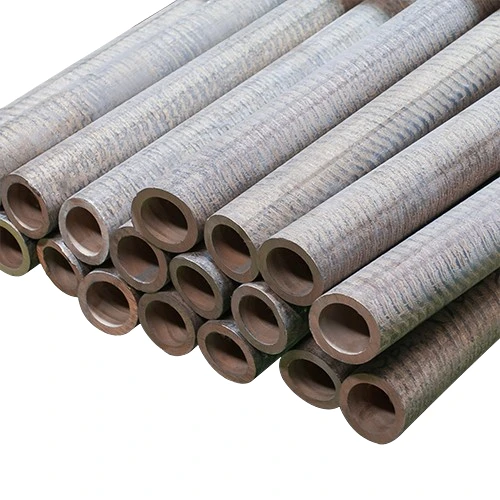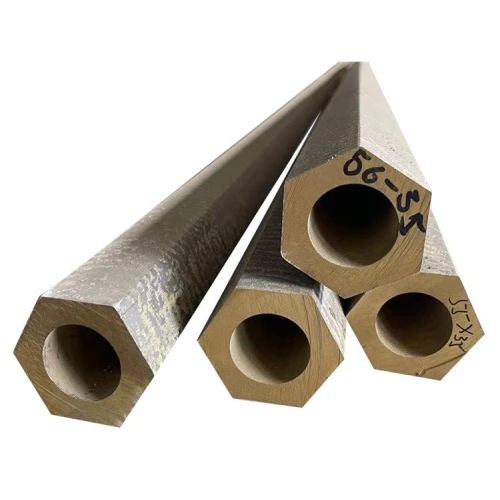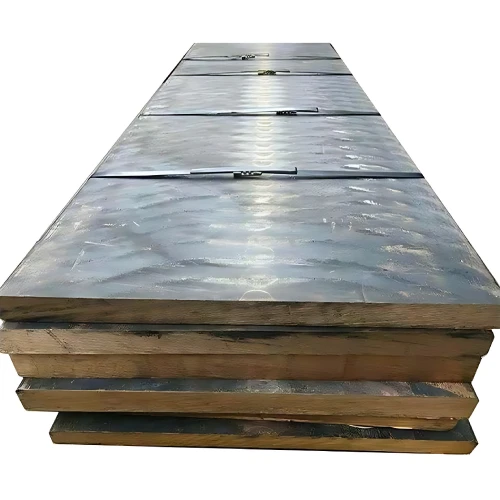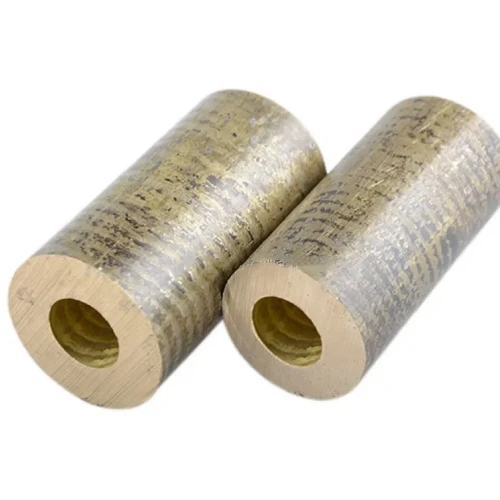C86500: High-Strength Manganese Bronze for Wear Resistance
C86500 is a copper alloy belonging to the manganese bronze family. It's known for its exceptional
strength, good wear resistance, and fair corrosion resistance. Here's a breakdown of its key
characteristics:
Table: Key Properties of C86500
| Property |
Description |
| Chemical Composition |
- Primarily Copper (Cu): Balance <br> - Tin (Sn): Up to 1% <br> - Manganese (Mn):
3.5-4.5% <br> - Other (Fe, Zn, etc.): Trace amounts
|
| Mechanical Properties |
- High tensile and yield strength <br> - Good wear resistance <br> - Good
castability <br> - Fair corrosion resistance
|
| Common Brands (By Country) |
- Europe: CuMn3.5 [Europe], Wieland Concast |
Important Note: Brand names might vary depending on the supplier.
Common Questions and Answers:
What are the typical applications of C86500?
C86500 finds use in various industries due to its good combination of strength and wear resistance:
Gears: High-strength gears, particularly for medium-load applications, can be made from
C86500.
Bearings and bushings: In applications with moderate loads, C86500 can be a suitable choice
for bearings and bushings.
Wear plates and liners: Industrial machinery can benefit from C86500's wear resistance
for wear plates and liners.
Statues and decorative castings: Due to its good castability, C86500 can be used for
artistic castings (depending on the application's specific requirements).
How does C86500 compare to other copper alloys?
C86500 offers some advantages:
Good castability: Compared to some bronzes with higher tin content, C86500 offers better
castability, making it suitable for complex casting processes.
High strength and wear resistance: This combination makes C86500 suitable for demanding
applications.
However, there are also some limitations:
Fair corrosion resistance: C86500 is not ideal for environments with severe corrosion.
Lead-free, but other considerations: While not containing lead, some regulations might
restrict its use depending on the application.
Are there alternatives to C86500?
Depending on the specific requirements, some alternative copper alloys can be considered:
Leaded Manganese Bronze (e.g., C86700): Offers similar properties but with improved
machinability due to lead content. However, lead content regulations might be a concern.
Aluminum bronzes: Excellent wear resistance and good strength without lead, but might be
more expensive.
Important Note: Always consult with a material engineer or supplier to identify the most
suitable copper alloy for your specific application considering factors like strength, wear resistance,
corrosion resistance, castability, regulatory compliance, and cost.



